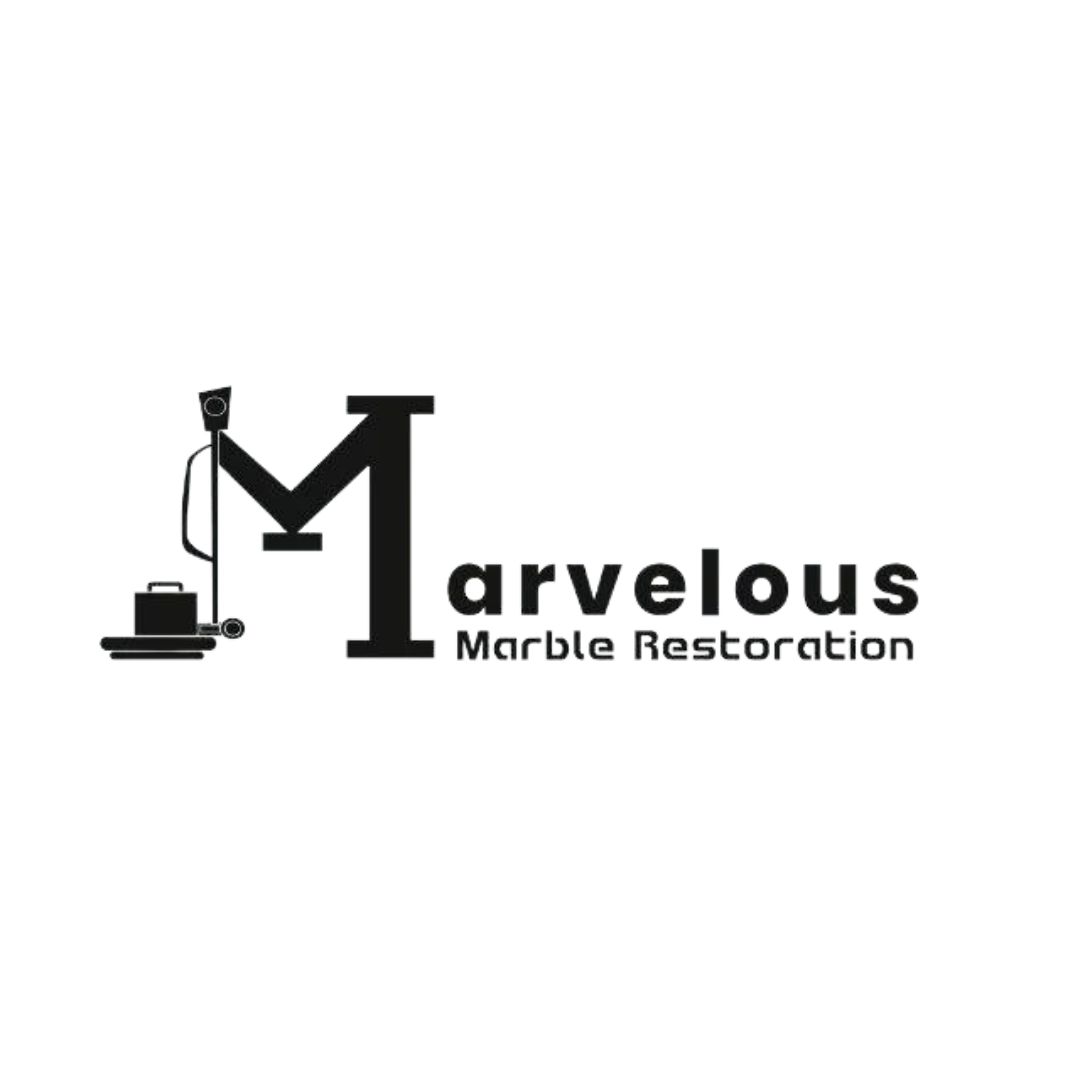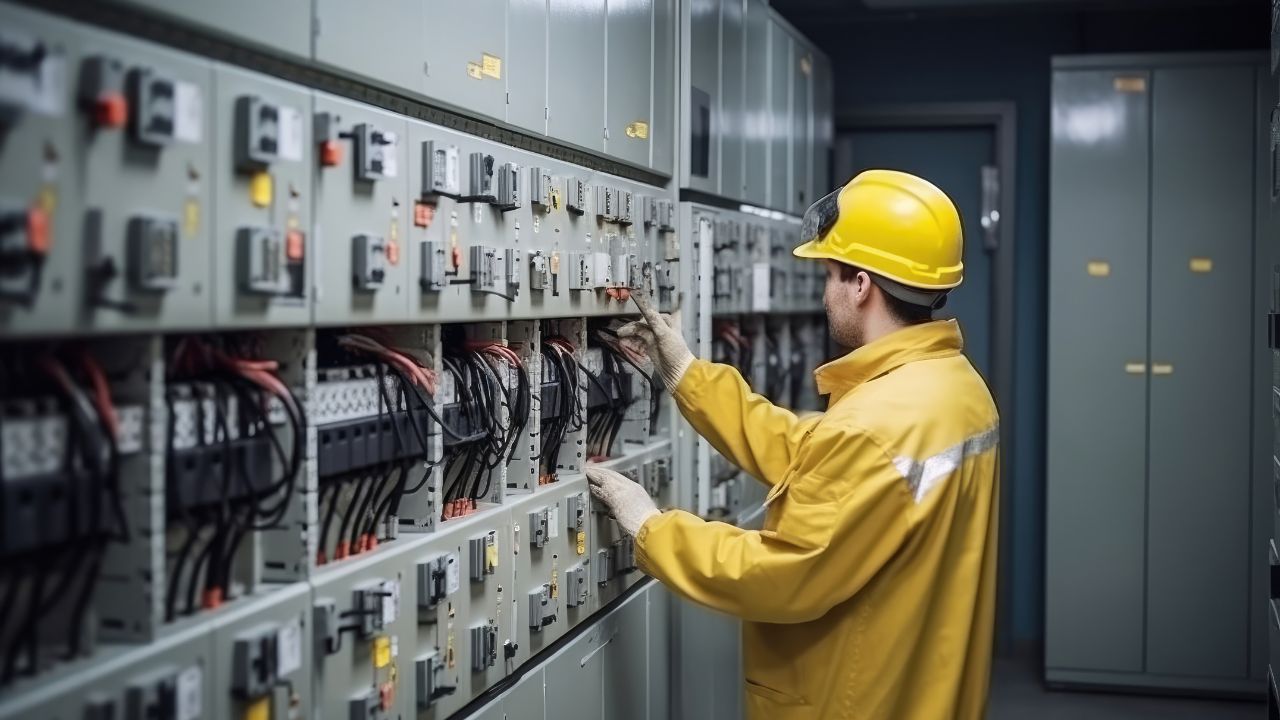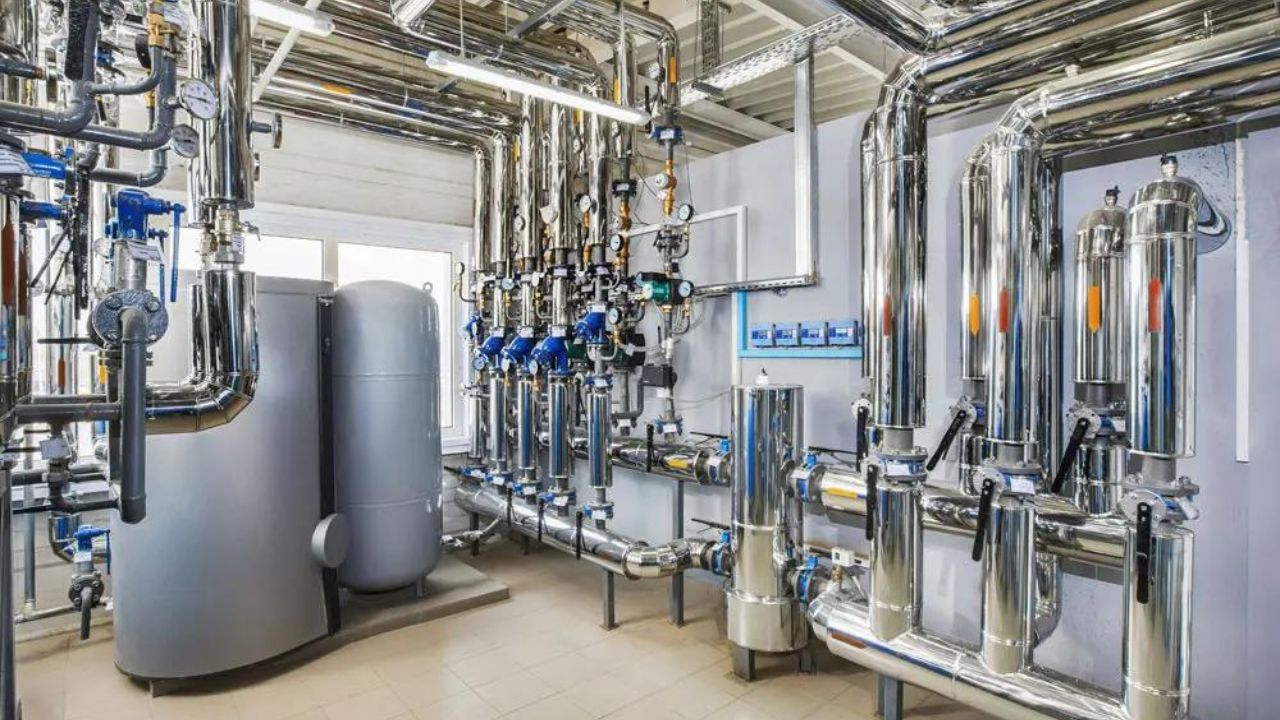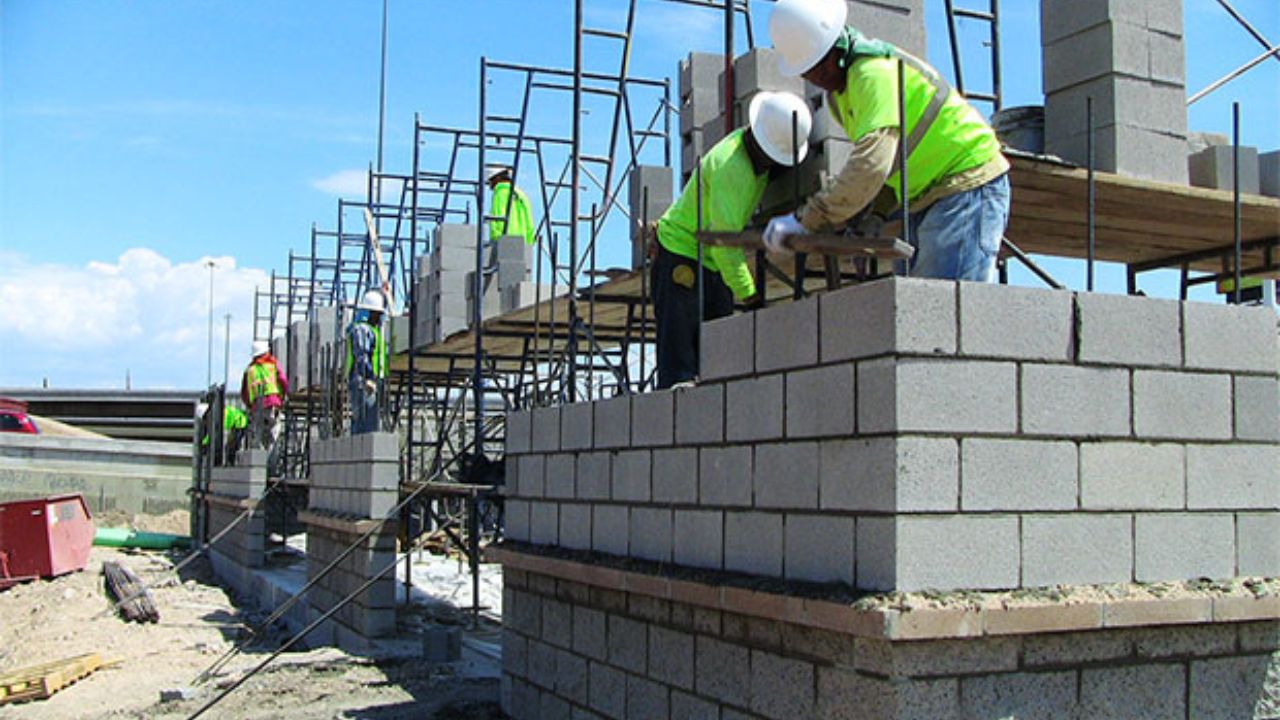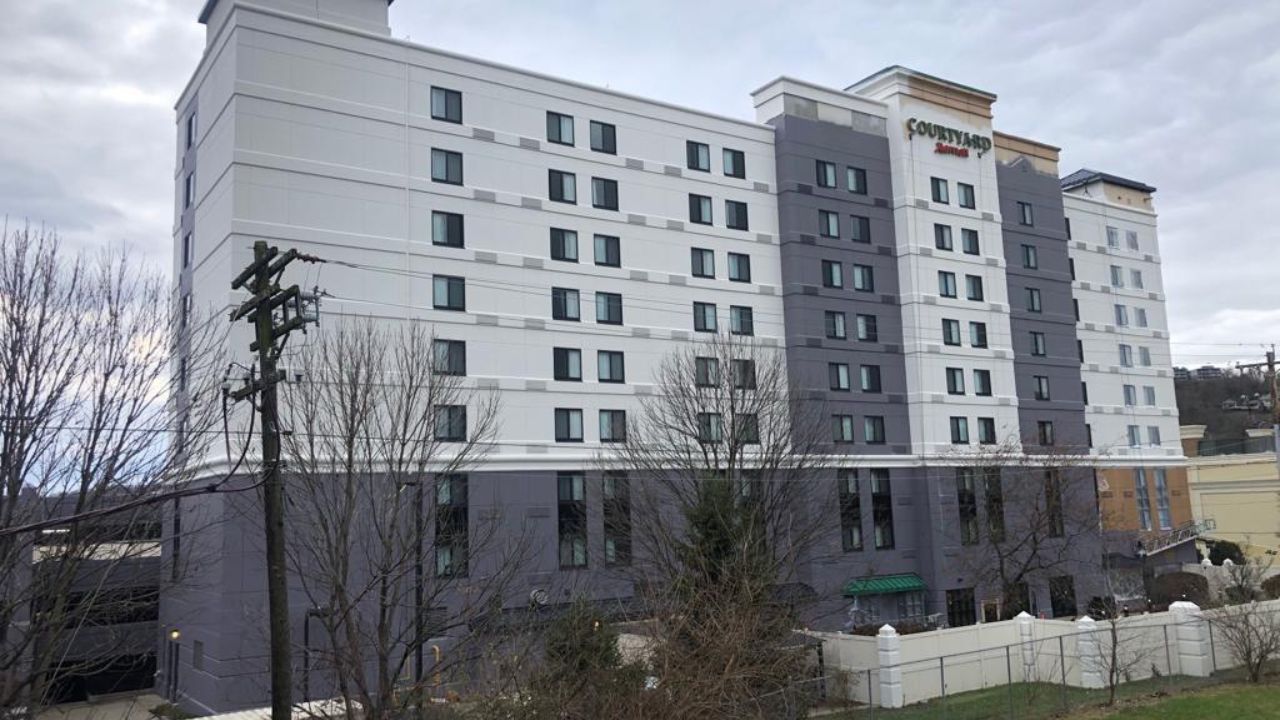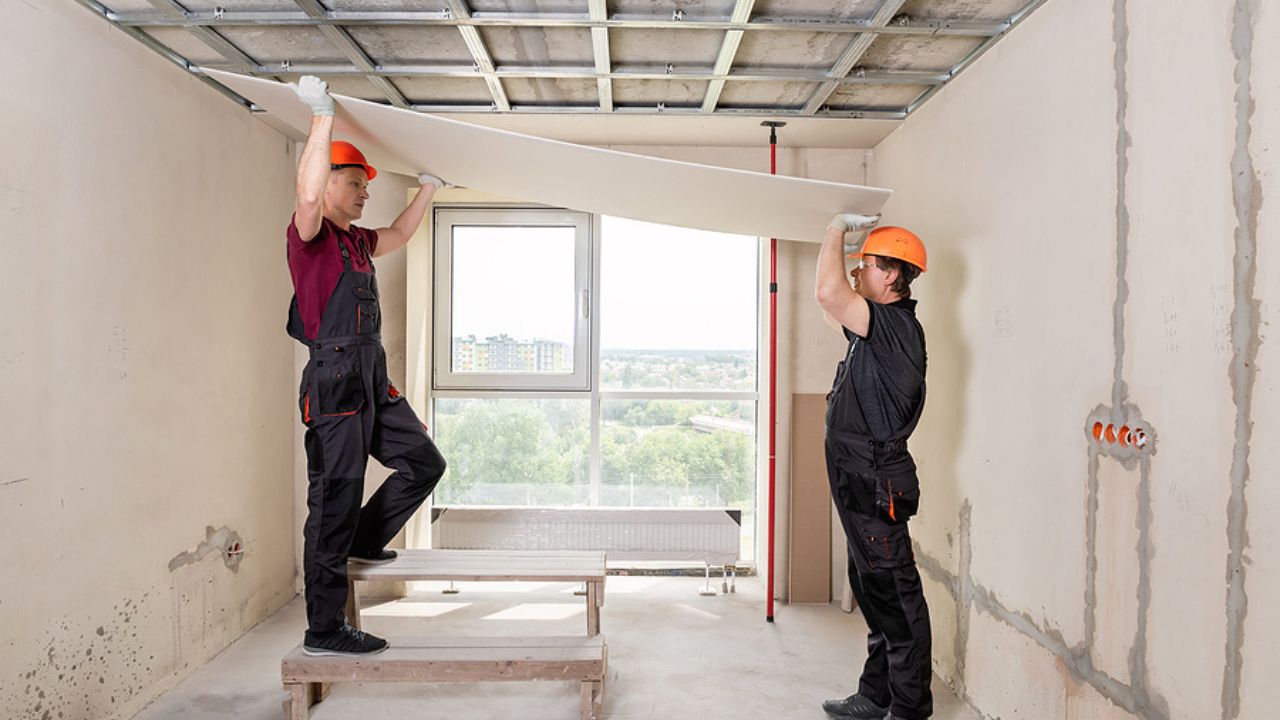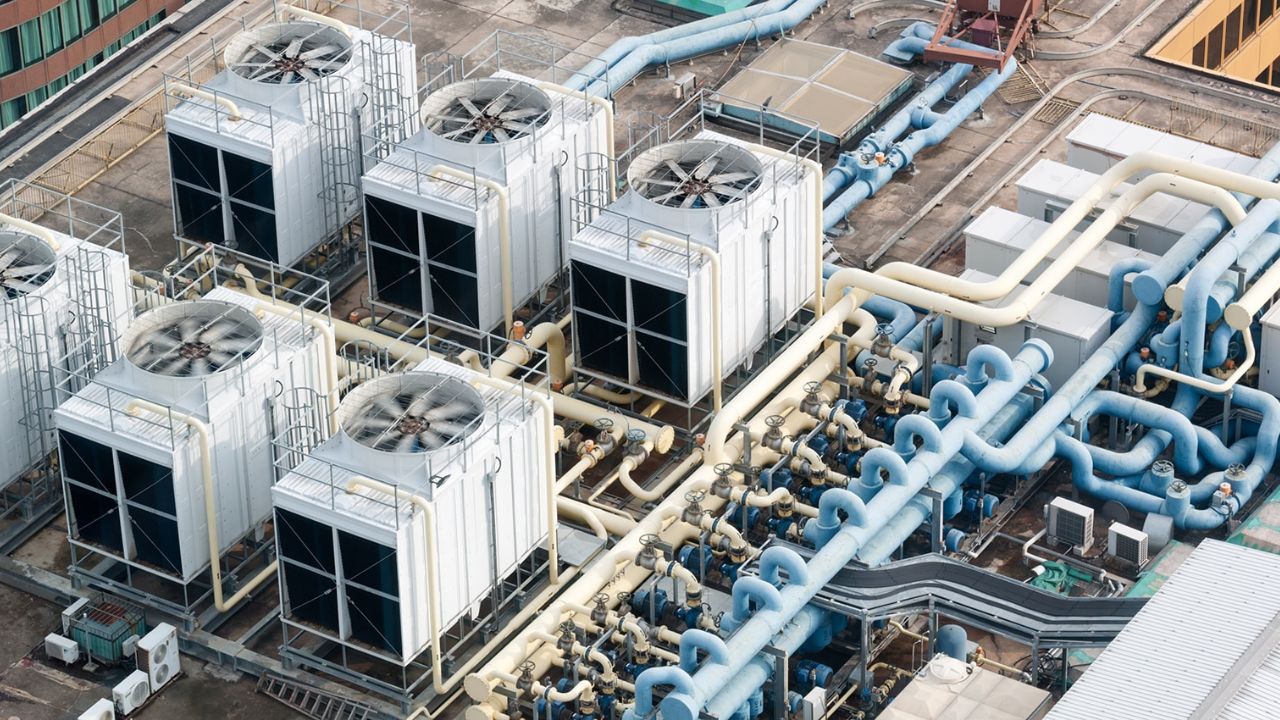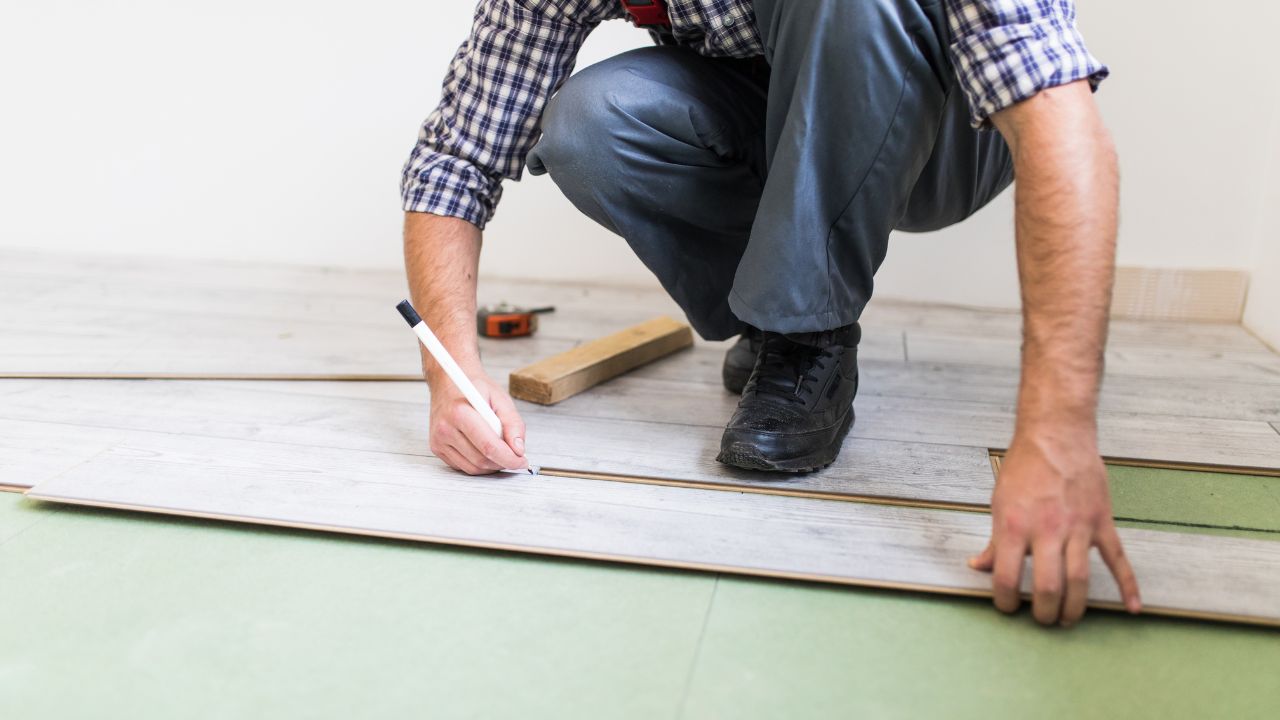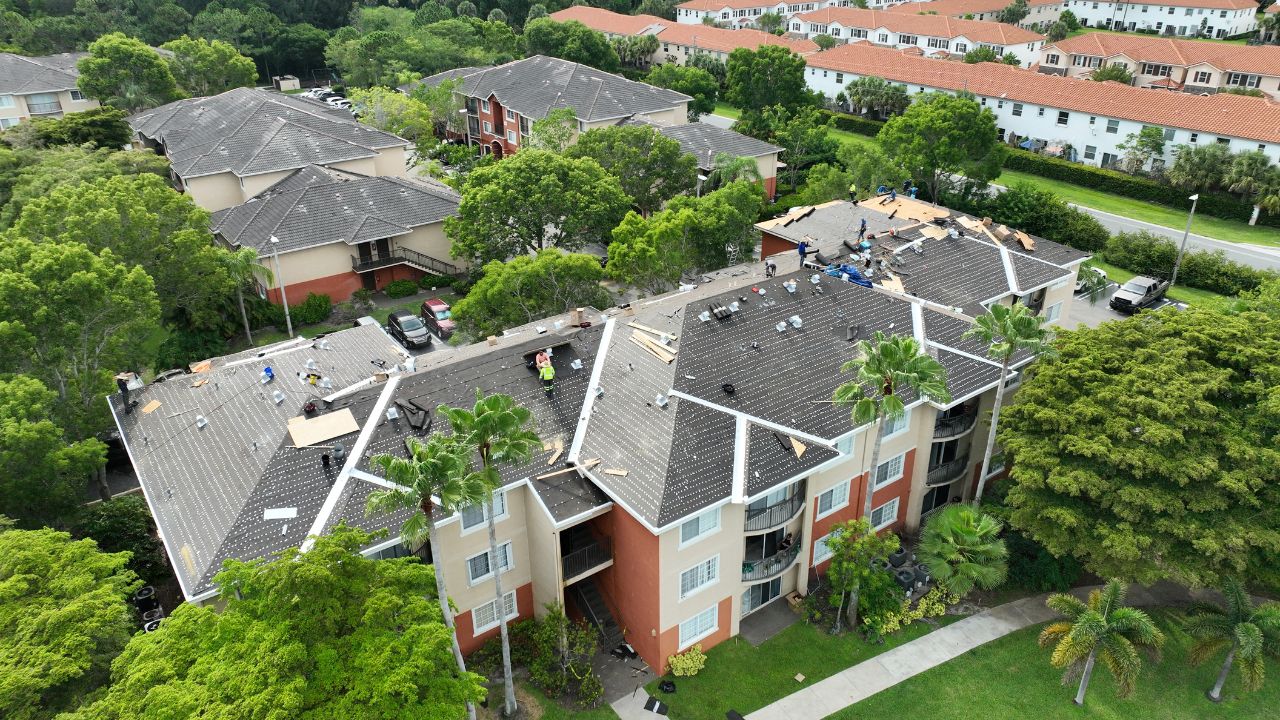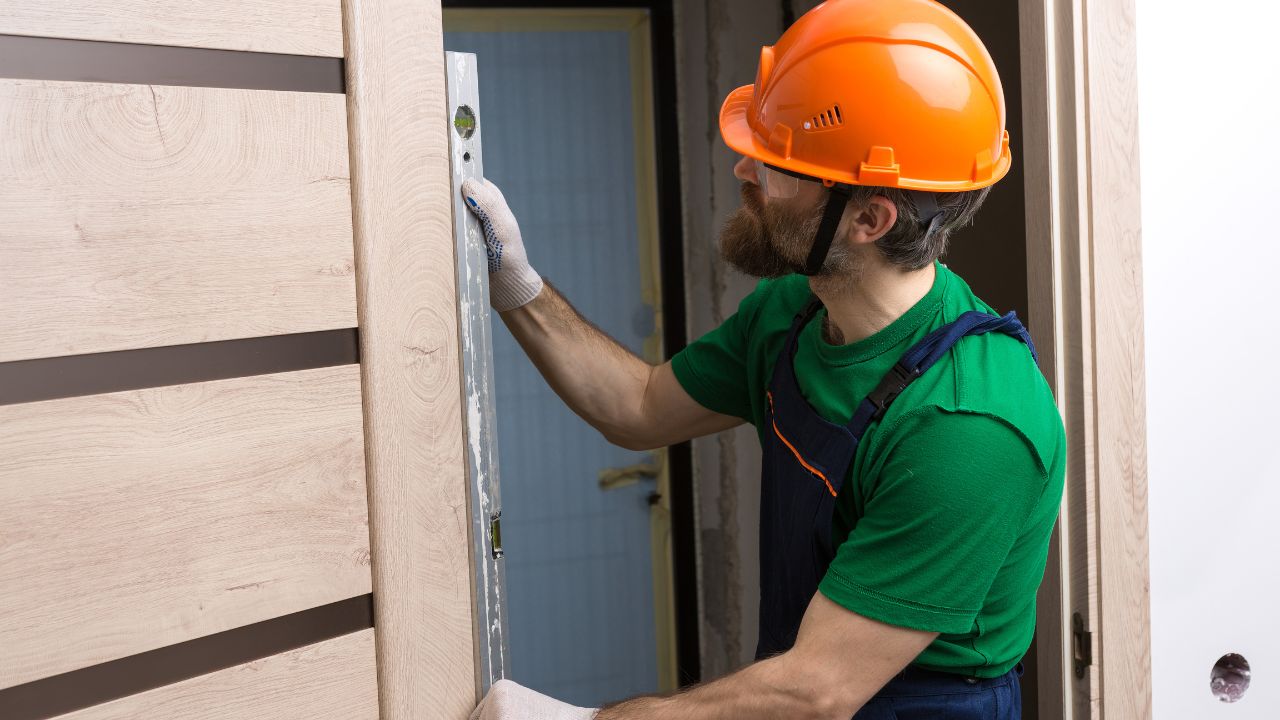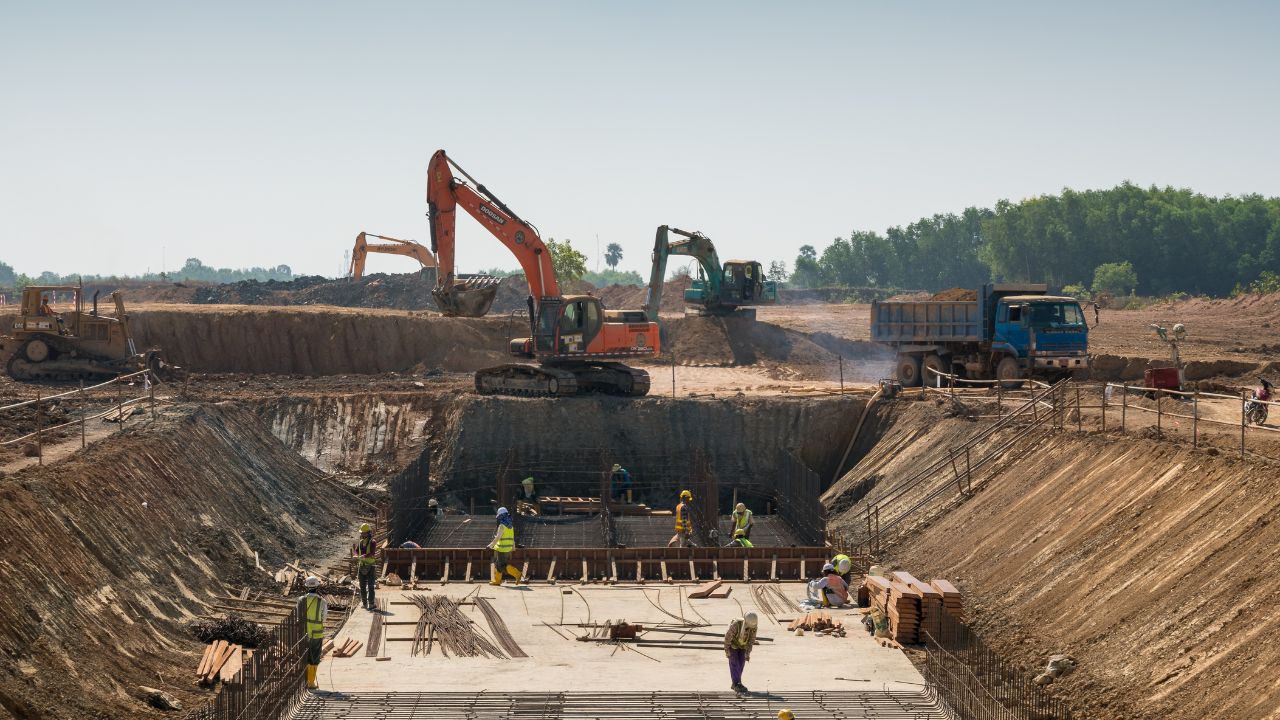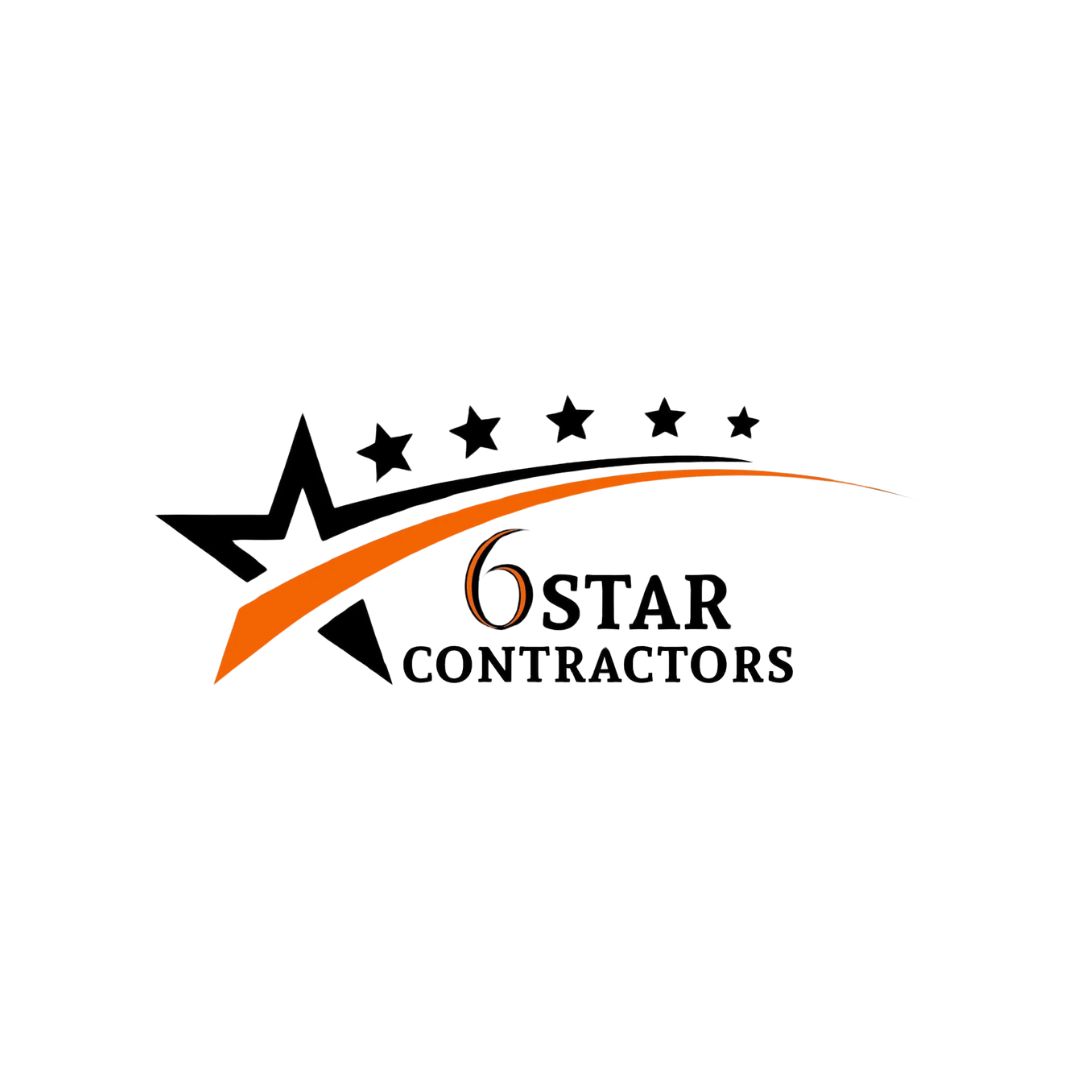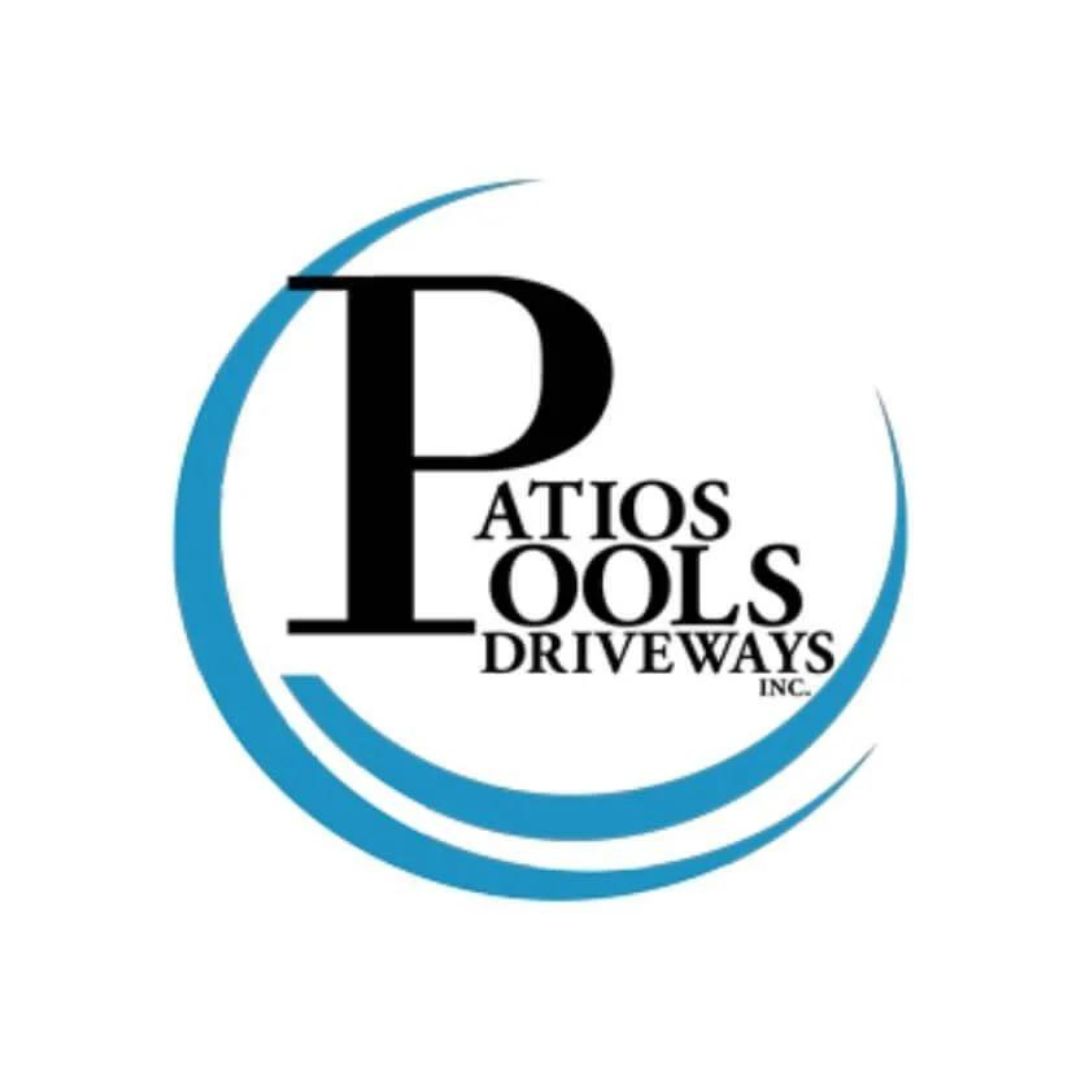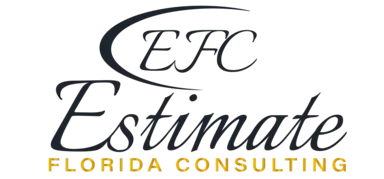- Homepage
- Plumbing
Plumbing Considerations Before Starting a Commercial Renovation
Leading provider of plumbing estimating services
A commercial renovation—whether upgrading an office, restaurant, retail space, or industrial facility—requires meticulous planning, especially when it comes to plumbing. A well-designed plumbing system ensures water efficiency, compliance with local codes, and seamless operations for employees and customers. Conversely, neglecting plumbing considerations can result in burst pipes, water damage, mold growth, or costly emergency plumbing services. This guide covers the critical plumbing factors to address before breaking ground, helping you save time, money, and headaches.
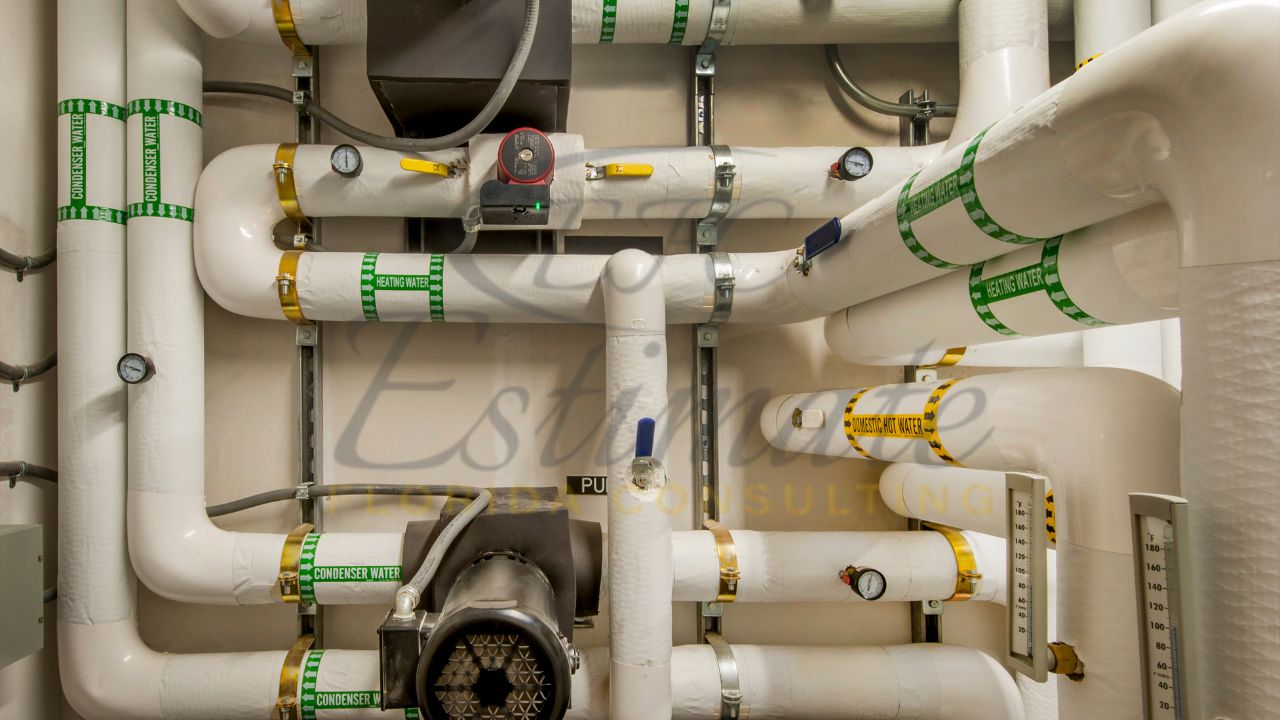
1. Assess the Existing Plumbing System
Before starting any renovation, thoroughly evaluate your current plumbing infrastructure to identify potential issues and determine if it can support the new layout or increased demand.
Why It Matters: Older buildings often have outdated pipes (e.g., galvanized steel prone to pipe corrosion) or insufficient capacity for modern fixtures, leading to low water pressure or clogged drains.
Key Steps:
- Hire a Professional Inspection: Engage commercial plumbing services to perform a comprehensive assessment using camera inspections to check for leaky pipes, sewer line problems, or hidden damage.
- Check Pipe Condition: Identify materials (e.g., copper, PEX, or outdated galvanized steel) and look for signs of corrosion, leaks, or scaling.
- Evaluate Capacity: Ensure the system can handle increased water usage for new restrooms, kitchens, or HVAC systems.
- Business Tip: For restaurants or medical facilities, verify that grease traps or medical-grade plumbing meet industry standards.
Consequences of Skipping This: Undetected issues like dripping pipes or sewer smells can escalate during renovation, causing delays or budget overruns.
Cost Estimate: A professional plumbing inspection costs $200-$500, but it prevents surprises like burst pipes during construction.
Professional Contractor For Your Project?
2. Understand Local Plumbing Codes and Permits
Compliance with local building codes and securing necessary plumbing permits are non-negotiable for commercial renovations.
Why It Matters: Non-compliance can halt your project, result in fines, or require costly rework. Codes dictate pipe sizes, fixture placements, backflow prevention, and accessibility requirements.
Key Steps:
- Research Local Regulations: Check with your municipal building department for codes specific to your area, such as ADA-compliant restroom fixtures or water heater installation standards.
- Secure Plumbing Permits: Most renovations involving new fixtures, pipe relocations, or sewer line modifications require permits (cost: $50-$500, depending on scope).
- Hire Licensed Plumbers: Ensure your contractor is licensed and familiar with commercial plumbing codes to avoid violations.
- Business Tip: For multi-tenant buildings, verify tenant-specific plumbing requirements to prevent disputes.
Consequences of Skipping This: Failing inspections can delay occupancy permits, disrupting your business timeline and incurring penalties.
Pro Tip: Budget extra time for permit approvals (1-4 weeks) and keep documentation handy for inspections.
3. Plan for Increased Water Demand
Renovations often involve adding fixtures (e.g., sinks, toilets, or dishwashers) or expanding capacity, which increases water demand and stress on your plumbing system.
Why It Matters: Insufficient water pressure or drainage capacity can disrupt operations, especially in high-traffic businesses like restaurants or gyms.
Key Steps:
- Calculate Water Load: Work with a plumber to estimate water usage based on new fixtures and occupancy. For example, a commercial kitchen may require larger pipes for high-flow dishwashers.
- Upgrade Pipe Sizes: Replace undersized pipes (e.g., ½-inch to ¾-inch) to improve water pressure and flow.
- Install Pressure Regulators: Prevent damage from high water pressure, which can strain joints and cause leaky pipes.
- Business Tip: Retail or office spaces adding restrooms should ensure adequate drainage to prevent clogged drains.
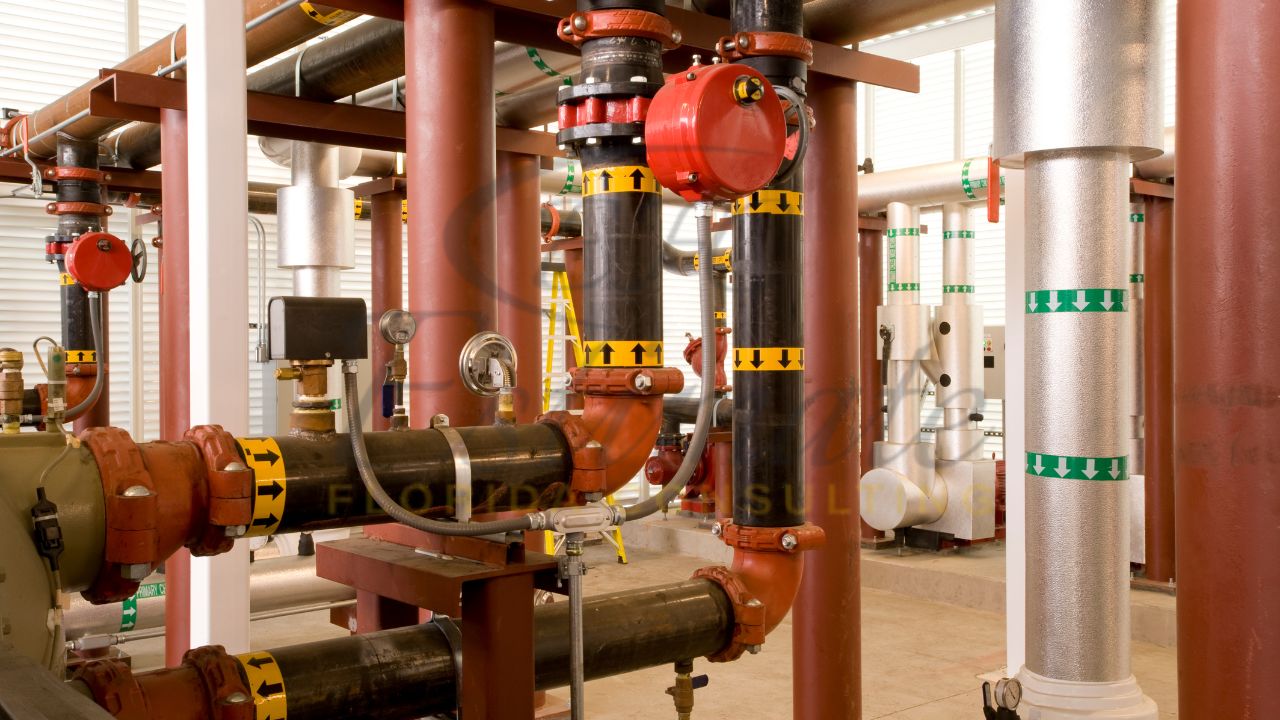
Consequences of Skipping This: Low water pressure or frequent clogs can frustrate customers and staff, harming your business reputation.
Cost Estimate: Pipe upgrades cost $2-$10 per linear foot, depending on material (e.g., copper vs. PEX).
4. Incorporate Water Efficiency Measures
Modern commercial renovations prioritize water efficiency to reduce high water bills and meet sustainability goals.
Why It Matters: Efficient fixtures lower utility costs and may qualify for rebates or green certifications, appealing to eco-conscious customers.
Key Steps:
- Install Low-Flow Fixtures: Use low-flow toilets (1.28 gallons per flush) and faucets (1.5 gallons per minute) to cut water usage by up to 30%.
- Consider Tankless Water Heaters: These provide on-demand hot water, reducing energy waste in large facilities.
- Add Water-Saving Appliances: For restaurants, install ENERGY STAR-rated dishwashers; for offices, use sensor-activated faucets.
- Business Tip: Hotels or gyms can benefit from greywater recycling systems for irrigation or flushing.
Consequences of Skipping This: Inefficient systems lead to skyrocketing water bills and missed opportunities for tax incentives.
Pro Tip: Check for local water conservation rebates, which can offset installation costs by $100-$1,000.
Get High-Quality 3D Rendering Today!
Transform your space with stunning 3D rendering that blends style, comfort, and functionality.
We Specialize in Both Residential and Commercial 3D Rendering Projects.
- Luxury Villas
- Apartment Complexes
- Modular Kitchens
- Bathrooms
- Office Buildings
- Shopping Malls
- Hospitals
- Hotels & Resorts
5. Address Drainage and Sewer Line Needs
Proper drainage and sewer line functionality are critical, especially for businesses with high wastewater output like restaurants or laundromats.
Why It Matters: Renovations altering layouts or adding fixtures can overload existing sewer lines, causing backflow issues or sewer smells.
Key Steps:
- Inspect Sewer Lines: Use video inspections to check for blockages, tree root intrusion, or pipe damage.
- Upgrade Drainage Systems: Ensure drains can handle increased flow from new sinks or appliances. Install larger drainpipes if needed.
- Maintain Grease Traps: Restaurants must clean or upgrade grease traps to prevent clogged drains and comply with health codes.
- Business Tip: Industrial facilities should install floor drains to manage spills or cleaning runoff.
Consequences of Skipping This: Sewer backups can shut down operations and require expensive emergency plumbing services.
Cost Estimate: Sewer line inspections cost $150-$400; grease trap cleaning runs $100-$300.
6. Plan for Water Heater Upgrades
Renovations often increase hot water demand, requiring an evaluation of your water heater’s capacity and condition.
Why It Matters: An undersized or aging water heater can lead to inconsistent temperatures or water heater problems, disrupting business operations.
Key Steps:
- Assess Capacity Needs: Calculate hot water demand based on new fixtures or occupancy. For example, a spa may need a high-capacity tankless unit.
- Check for Corrosion: Inspect older units for rust or leaks; replace units over 10 years old.
- Consider Energy Efficiency: Tankless or high-efficiency models reduce energy costs for businesses with heavy hot water use.
- Business Tip: Hotels or gyms should install multiple water heaters to ensure redundancy.
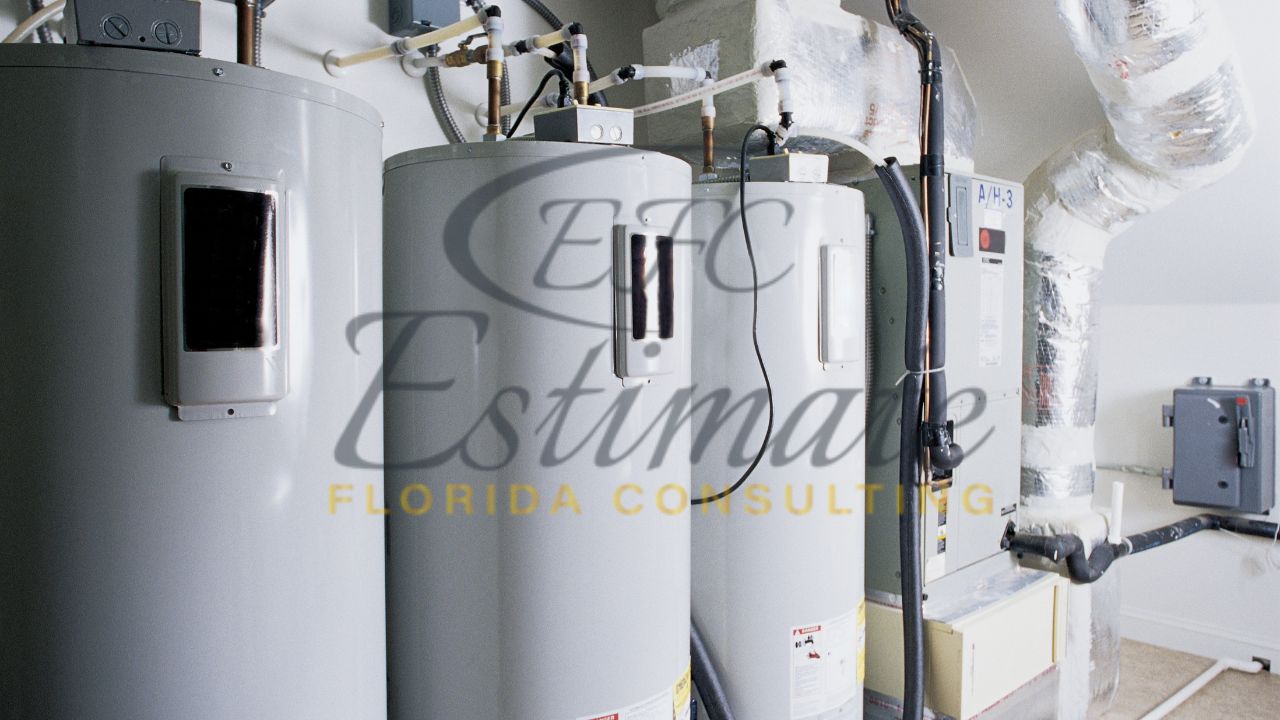
Consequences of Skipping This: Inadequate hot water can frustrate customers, while leaks risk water damage or mold growth.
Cost Estimate: Tankless water heater installation costs $2,000-$4,500, depending on size and complexity.
7. Account for Accessibility and ADA Compliance
For businesses serving the public, plumbing fixtures must comply with the Americans with Disabilities Act (ADA) to ensure accessibility.
Why It Matters: Non-compliant restrooms can lead to legal issues and exclude customers with disabilities.
Key Steps:
- Install ADA-Compliant Fixtures: Use accessible sinks, toilets, and grab bars at specified heights (e.g., toilet seats 17-19 inches from the floor).
- Ensure Clear Space: Provide adequate maneuvering space (e.g., 60-inch turning radius) in restrooms.
- Business Tip: Retail or hospitality businesses should prioritize universal design for inclusivity.
Consequences of Skipping This: Non-compliance risks lawsuits or fines, and inaccessible facilities can deter customers.
Pro Tip: Consult an ADA specialist during planning to ensure all plumbing fixtures meet requirements.
90% More Chances to Win Plumbing Bids with
Our Estimate!
8. Budget for Plumbing Costs and Contingencies
Plumbing expenses can quickly escalate during renovations, so accurate budgeting is crucial.
Why It Matters: Unexpected issues like pipe corrosion or sewer line repairs can derail your project timeline and budget.
Key Steps:
- Get Detailed Quotes: Obtain multiple bids from licensed commercial plumbers (average hourly rate: $75-$150).
- Include Contingency Funds: Set aside 10-20% of your plumbing budget for unforeseen issues like burst pipes or sump pump failure.
- Business Tip: Factor in downtime costs for businesses that must close during plumbing work.
Consequences of Skipping This: Underbudgeting can force you to cut corners, leading to subpar work or future repairs.
Cost Estimate: Commercial plumbing renovations range from $5,000-$50,000, depending on scope and facility size.
9. Plan for Emergency Access and Maintenance
Ensure your plumbing system is designed for easy access and future maintenance to minimize disruptions.
Why It Matters: Inaccessible pipes or fixtures complicate repairs, increasing downtime and costs for emergency plumber calls.
Key Steps:
- Install Shut-Off Valves: Place accessible valves for individual fixtures or zones to isolate issues without shutting down the entire system.
- Create Access Panels: Ensure pipes and water heaters are reachable without demolishing walls.
- Business Tip: For multi-story buildings, include maintenance closets for plumbing access.
Consequences of Skipping This: Difficult-to-reach systems lead to higher repair costs and prolonged business interruptions.
Pro Tip: Label shut-off valves clearly for quick access during emergencies.
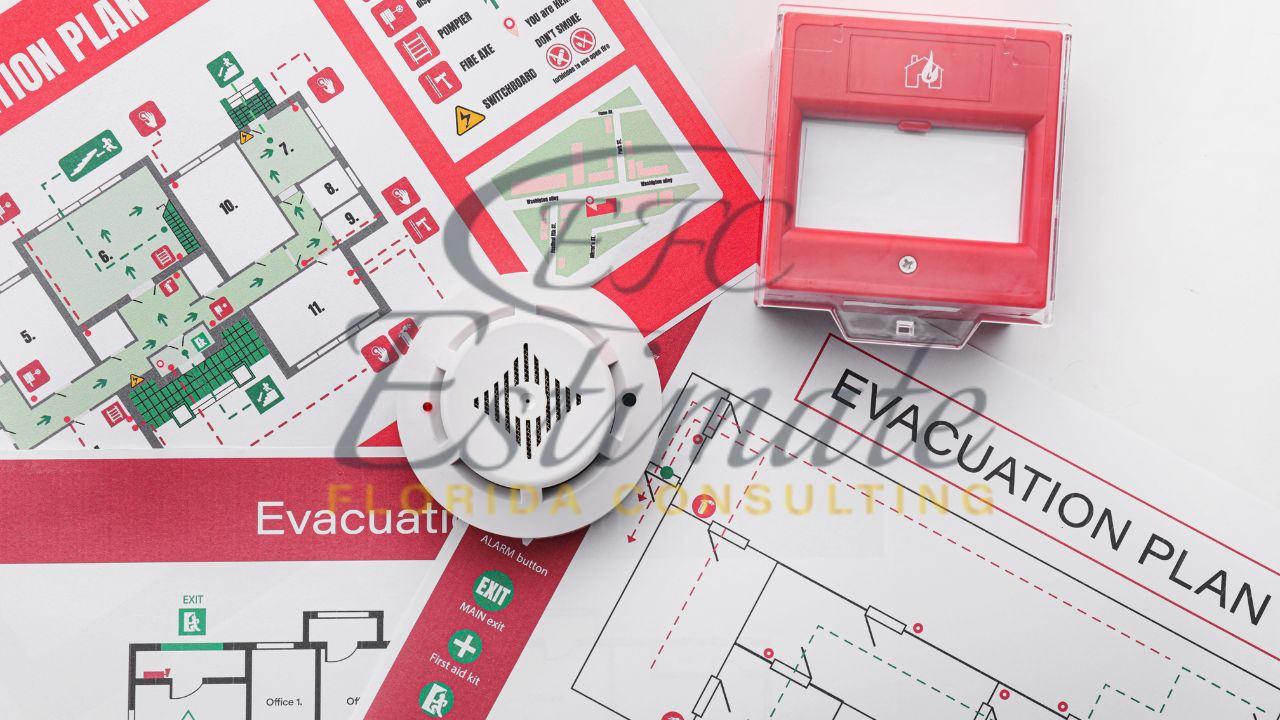
10. Test Systems Before Completion
Before finalizing your renovation, thoroughly test the plumbing system to catch issues early.
Why It Matters: Undetected problems like low water pressure or running toilets can surface after construction, requiring costly fixes.
Key Steps:
- Pressure Test Pipes: Have plumbers test for leaks or weak joints using air or water pressure.
- Run Fixtures: Check all faucets, toilets, and appliances for proper flow and drainage.
- Business Tip: For restaurants, test grease traps and dishwashers under full load to ensure capacity.
Consequences of Skipping This: Post-renovation issues can disrupt operations and damage new finishes.
Cost Estimate: System testing costs $100-$300, depending on complexity.
Get 5 New Projects in the Next 7 Days With Our System
Additional Considerations for Commercial Renovations
- Sustainability Goals: Incorporate water-saving technologies like rainwater harvesting for landscaping in eco-conscious businesses.
- Insurance Requirements: Check if your insurer requires specific plumbing upgrades (e.g., backflow preventers) to maintain coverage.
- Future Expansion: Design the system with scalability in mind to accommodate future growth without major overhauls.
- Emergency Preparedness: Keep contact information for reliable emergency plumbing services handy for unexpected issues during or after renovation.
Conclusion: Build a Solid Foundation with Smart Plumbing Planning
Addressing these plumbing considerations before starting a commercial renovation ensures your project stays on track, compliant, and cost-effective. From assessing existing systems to securing permits and prioritizing water efficiency, proactive planning prevents common issues like leaky pipes, sewer line problems, or high water bills. By working with licensed commercial plumbers and incorporating these steps, you’ll create a reliable, efficient plumbing system that supports your business’s success.
Investing time and resources in plumbing planning now will save you from costly repairs, operational disruptions, and compliance issues later. Start your renovation with confidence, knowing your plumbing system is ready to meet the demands of your revamped space.
Frequently Asked Question
A thorough assessment helps identify outdated or damaged pipes, leaks, and capacity constraints. Catching these issues early prevents costly delays, change orders, and emergency repairs once renovation work is underway.
A licensed plumber can calculate expected water usage based on new fixtures and occupancy. They may recommend upsizing supply lines or installing pressure regulators to ensure stable flow throughout the facility.
Install low-flow fixtures, sensor-activated faucets, and ENERGY STAR appliances. Tankless water heaters and greywater systems are excellent options for reducing utility costs and meeting sustainability goals.
Changes in layout or added fixtures can overload existing sewer lines. Failing to assess or upgrade drainage systems may lead to backflow issues, foul odors, and potential shutdowns.
Commercial plumbing costs can range from $5,000 to $50,000 depending on building size and scope. It’s best to include a 10–20% contingency to account for unforeseen issues like pipe corrosion or sewer line repairs.
Final testing should include pressure tests of supply lines, functional testing of all fixtures, and full-load checks on appliances (e.g., dishwashers, grease traps) to ensure everything operates correctly before reopening the space.
Comprehensive Trade-Specific Estimates
At Estimate Florida Consulting, we offer detailed cost estimates across all major trades, ensuring no part of your project is overlooked. From the foundation to the finishing touches, our trade-specific estimates provide you with a complete and accurate breakdown of costs for any type of construction project.
Our Simple Process to Get Your Estimate
Upload Plans
Submit your project plans, blueprints, or relevant documents through our online form or via email.
Receive Quotation
We’ll review your project details and send you a quote based on your scope and requirements.
Confirmation
Confirm the details and finalize any adjustments to ensure the estimate meets your project needs.
Get Estimate
Receive your detailed, trade-specific estimate within 1-2 business days, ready for your project execution.



Our Clients & Partners
We pride ourselves on building strong, lasting relationships with our clients and partners across the construction industry.
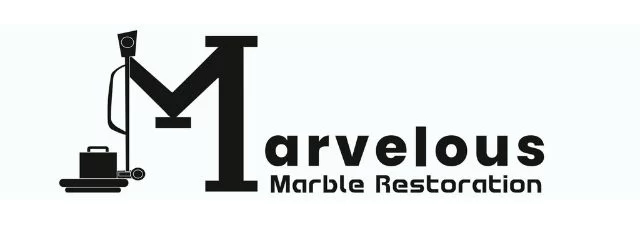
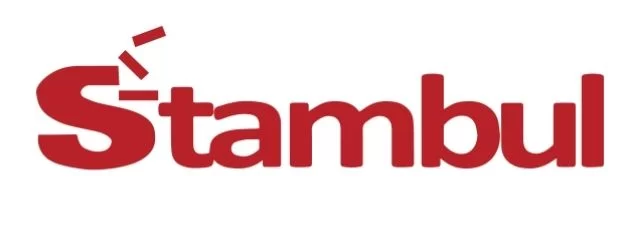
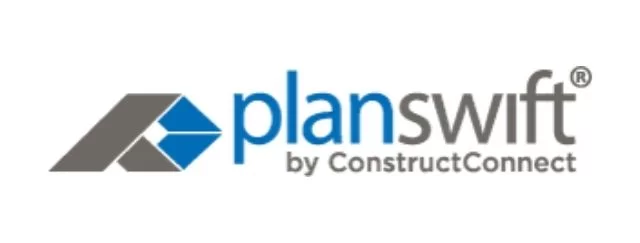
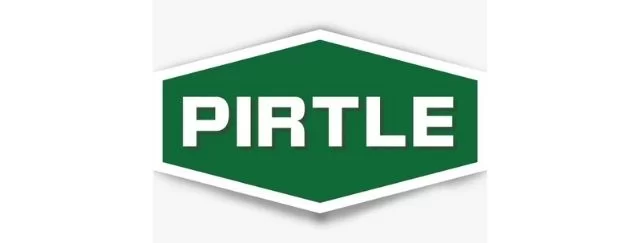

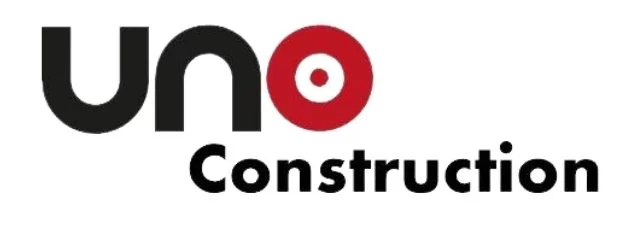
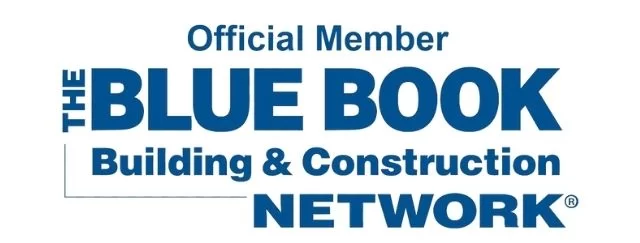
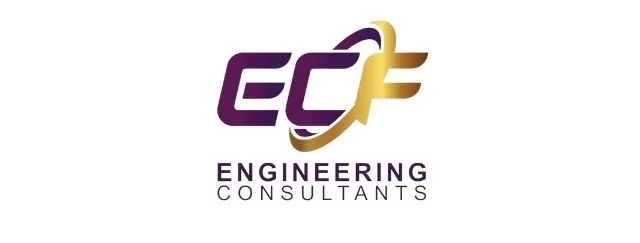
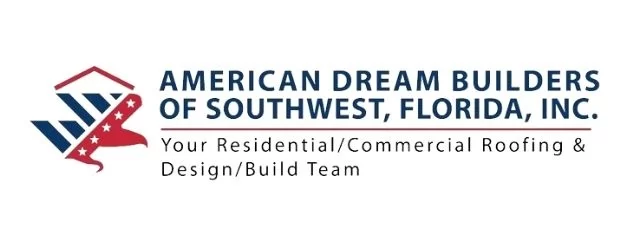
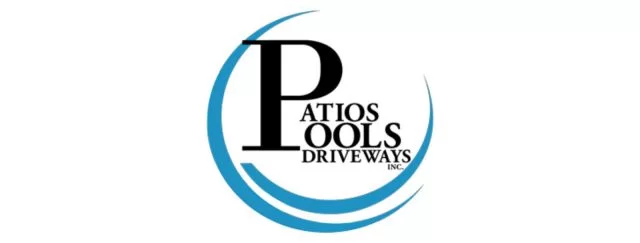

What Our Clients Say?
We take pride in delivering accurate, timely, and reliable estimates that help contractors and builders win more projects. Our clients consistently praise our attention to detail, fast turnaround times, and the positive impact our estimates have on their businesses.
Estimate Florida Consulting has helped us win more bids with their fast and accurate estimates. We trust them for every project!
